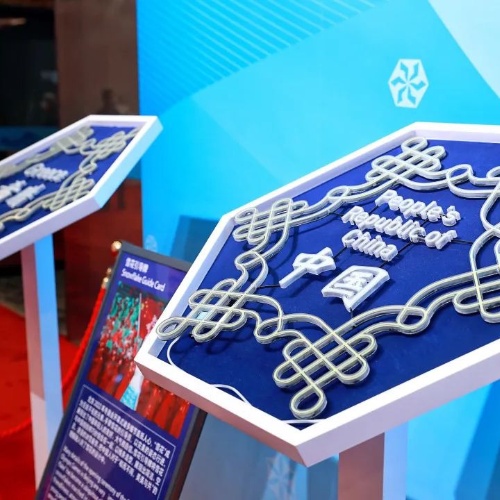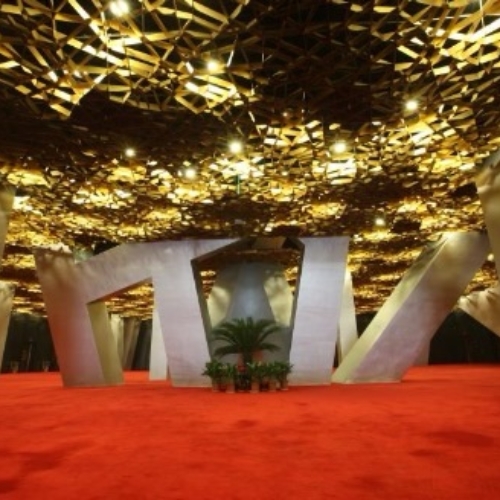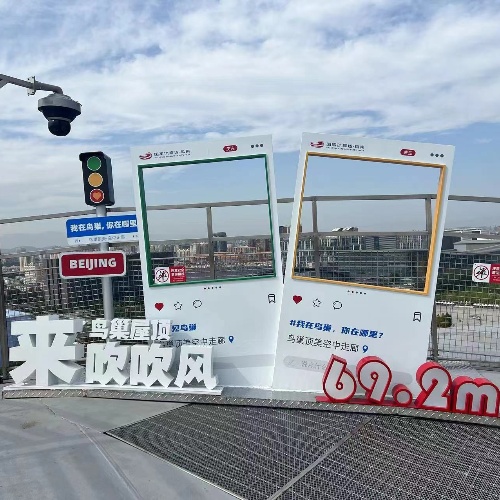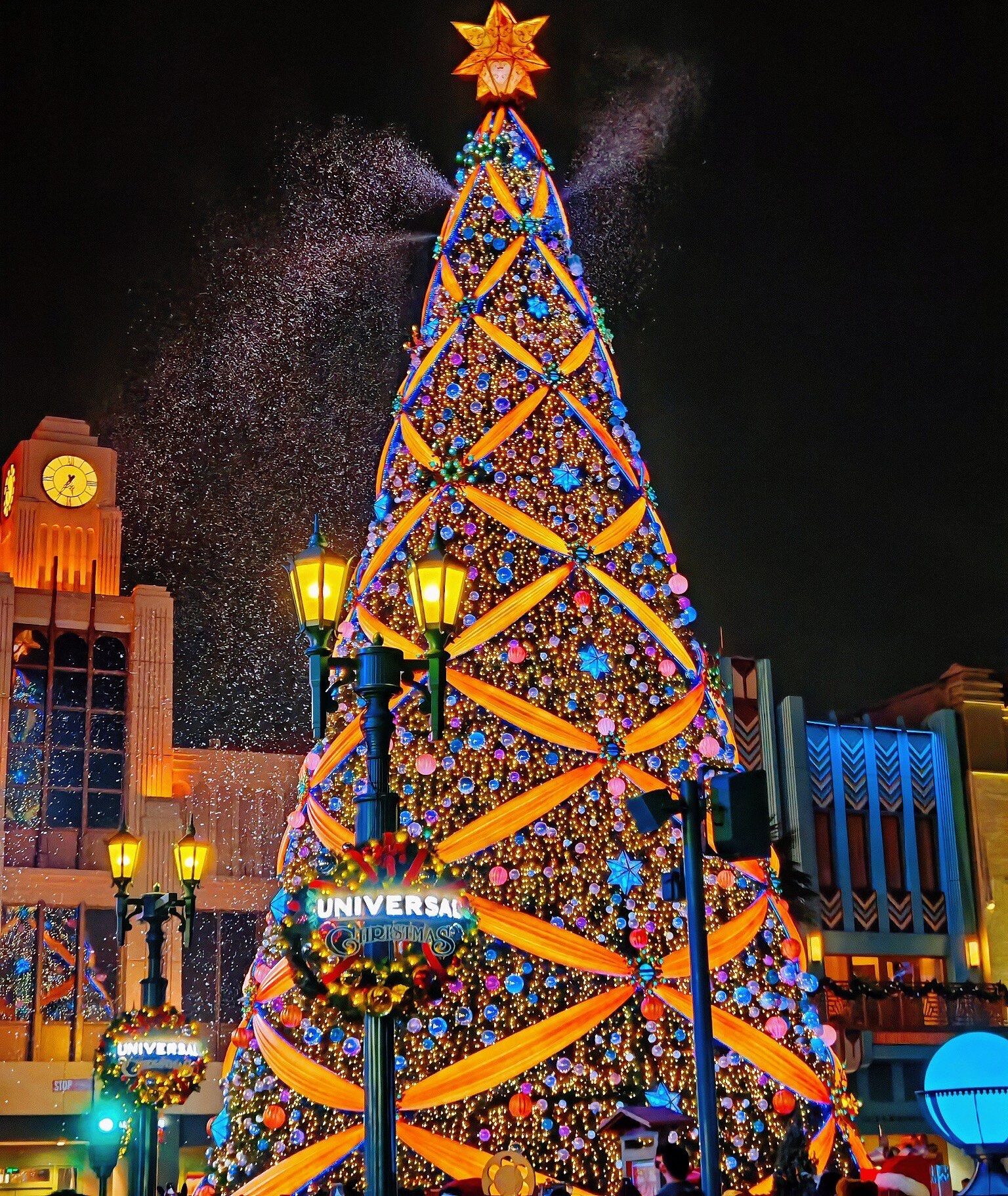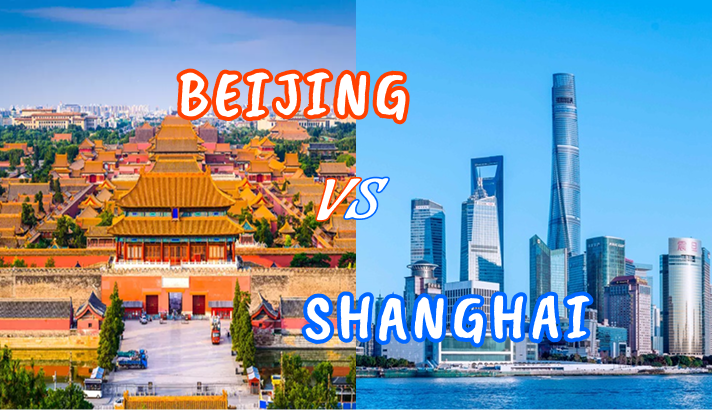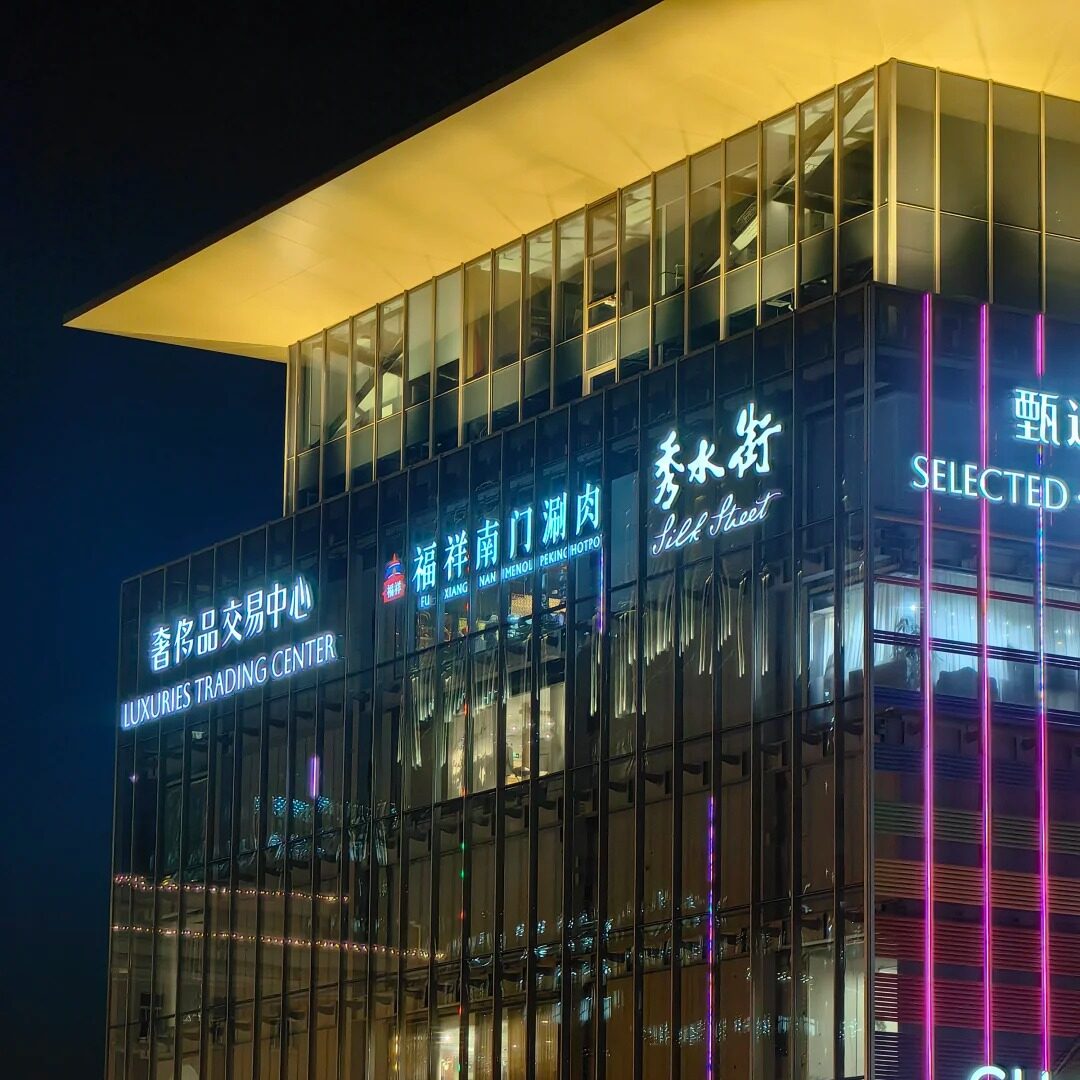With the morning light pouring in from the north, it’s easy to see the Bird’s Nest includes a silver weave. But that’s not all it is, and t he Bird’s Nest Beijing is just one of the places to explore. It’s not hard to find something to do around this place — you can walk the Skywalk, examine the sporty exhibits, or relax at the Water Cube and watch circles change colors against the walls. Before you go, here is a guide for you, that will help you to be — “so you want to see, touch, and experience the stadium.” Everything from transport details and ticket info to insider tips for the best views and local eats — to help you get things started right.
Why Does the Bird’s Nest Still Define Beijing’s Modern Identity?
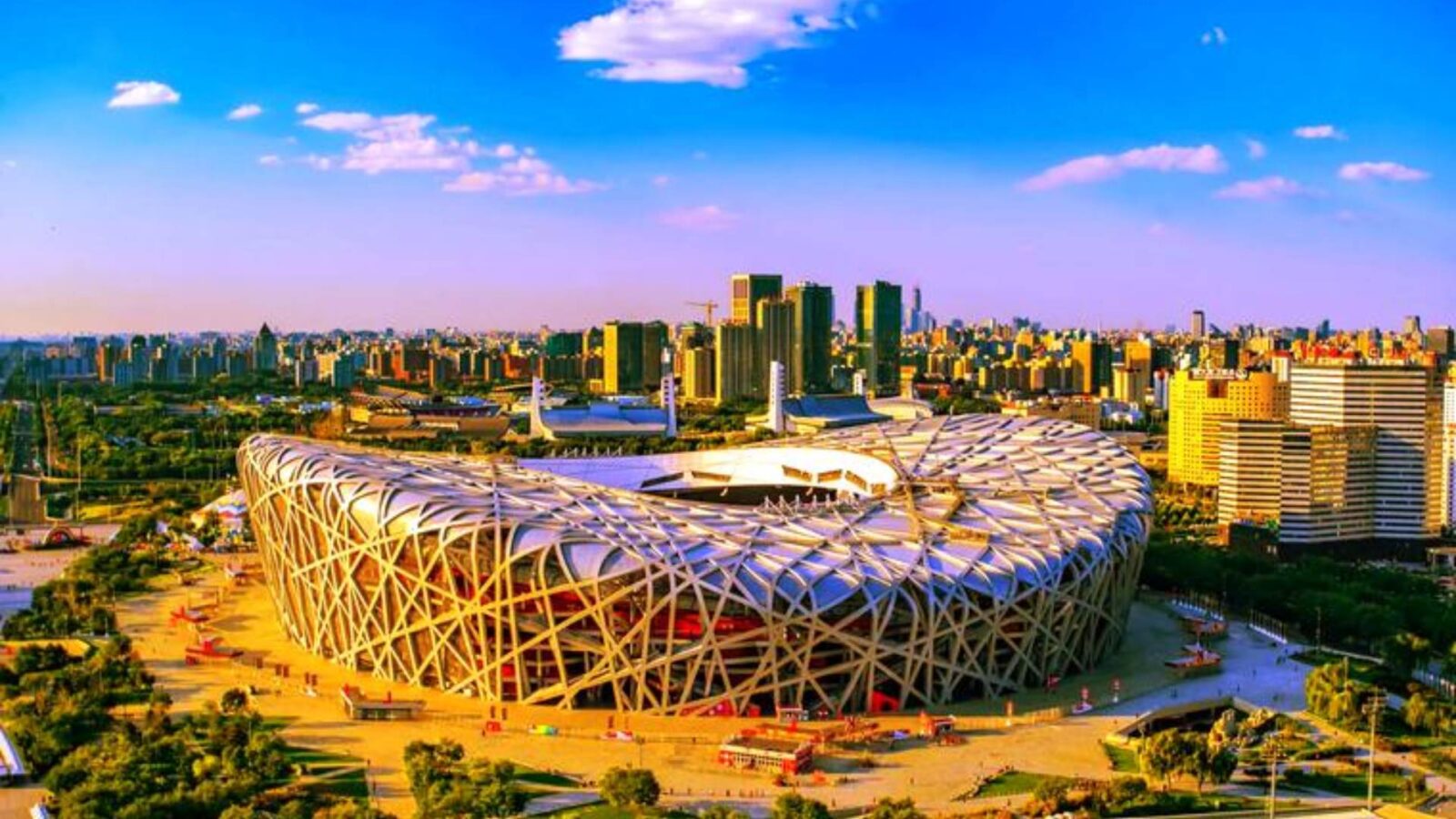
Bird’s Nest Beijing
A Living Symbol, Not Just a Stadium
Have you ever stood in front of a building that seemed alive? That’s how the Bird’s Nest greets you. The steel lines twist and cross like a giant sculpture, and every step you take shows a new angle. The building was designed by Herzog & de Meuron, Li Xinggang, and Ai Weiwei, and it’s not just a stadium – it’s an experience. When the sun is up, its silver surface shimmers and shimmers, and when it sets, it glows gold and reflects in the nearby lake. You’ll see locals jogging around, kids taking selfies in front of it, and travelers like you just taking a break and snapping photos. Walk closer, touch the steel, and you’ll feel Beijing’s heartbeat.
From Olympic Glory to Everyday Wonder
Do you remember watching the 2008 Olympics? The Bird’s Nest was at the center of it all, and years later, it still hasn’t lost the magic. It hosted the 2022 Winter Olympics, too, making Beijing the world’s only dual-Olympic city. But it’s not history now – it’s a place for concerts, light shows, weekend festivals. Get a snack – grilled squid from a nearby vendor is a must – and settle by the lake before the sun goes down. When the light changes from red to gold, you’ll understand why this place means so much to the locals. It’s not just about seeing a landmark – it’s about becoming a part of a city awaken.
Curious what makes Beijing a must-visit city? Check Beijing Main Attractions: A Complete Travel Guide
Core Experiences: Stories Hidden in the Heart of the Stadium
- Golden Hall
- VIP Halls
- Top-View Skywalk
Golden Hall – A Double Olympic Time Capsule
The Golden Hall welcomes you right after you enter the Bird’s Nest Beijing, glowing with deep red and gold tones. The ceiling copies the stadium’s steel patterns, and the space feels alive with Olympic history. I walked past the 2008 “Lucky Cloud” torch and the 2022 “Flying” torch, both standing side by side like symbols of time. Around them, props from the opening ceremonies fill the room—the snowflake placards, the famous “Lost Dove” puppet, and the recreated fireworks sculpture from the sky show. Then, on the east wall, I found a secret spot called the Olympic Sound Wall. Press a button, and you’ll hear the cheers of Liu Xiang’s race or Gu Ailing’s final jump echoing across the hall.
Everything here tells a story about courage and pride. I stopped for a while, listening to the voices of the crowd from different years. It reminded me how the Bird’s Nest links two Olympic eras with one heart. The light reflections on the torches make it even more surreal. It’s a place where memories breathe. If you love sports, you’ll want to stay longer, tracing every detail with your eyes and heart.
Second-Floor VIP Halls – Where World Leaders Once Gathered
Walking upstairs, you’ll enter the VIP Halls, where elegance meets history. The Golden Cloud Hall shines with red carpets leading to tall windows, while crystal lights scatter gold over dove-shaped decorations. I loved the giant wooden screen engraved with Snow – Ode to the North, once used for leader portraits. Each corner whispers about the conversations and handshakes that shaped global moments. Across the corridor, the Silver Stream Hall offers calm tones of silver and grey. The walls display twelve paintings of ancient sports drawn by Liu Qingli, showing polo, archery, and Go with delicate details.
These two halls feel like walking through art and diplomacy at once. Even the sofas curve like the Bird’s Nest beams, blending design and comfort. When you step out onto the terrace, you face the central torch platform directly—the same view world leaders had. The sight is powerful, and the silence makes it stronger. I took a photo there, pretending for a second that I was part of the opening ceremony.
Fifth-Floor Gallery – The Architect’s Playground
The fifth floor is every architecture lover’s dream. As I walked through, steel beams crisscrossed above like a giant web. The Steel Forest, as locals call it, reveals each joint engraved with tiny numbers. Some even show the year 2006, proof of the stadium’s journey from idea to icon. I ran my fingers along one steel node and felt its cool strength. In the middle corridor, a display showcases Olympic stadium models from Athens to London, each with unique character. The highlight for me was the Torch Tower model—you can turn a lever to simulate the legendary flame lighting.
It’s a playground for your curiosity. Light filters through the structure in soft stripes, painting natural patterns on the floor. Around 3 to 4 PM, the sun angles perfectly, casting bird’s-nest-shaped shadows that photographers love. I stayed there, trying different shots while people around me smiled at their screens. It’s not just architecture here; it’s emotion built into steel.
Top-View Skywalk – Beijing from 68 Meters High
Finally, the Skywalk gives the Bird’s Nest experience its thrilling end. The 1,000-meter path stretches across the roof, and the view is nothing short of epic. As you walk, the steel mesh underfoot reveals the structure below. The breeze hits your face, mixing fear and excitement together. To the north, the Olympic Tower rises like a silver flame; to the east, the Water Cube glows in blue. Turning south, you can see the city’s central axis fade into the horizon, a view that connects Beijing’s old and new worlds.
By 4 PM, the light softens, and the city below turns golden. I watched as the lights flickered on one by one, from the stadium’s rim to the skyline far away. The feeling is unreal, like standing above time itself. But the wind up there can surprise you—it’s two or three levels stronger than on the ground. Bring a light jacket, take a deep breath, and just enjoy the view. Up here, Beijing feels endless, alive, and quietly majestic.
Plan Your Visit: Tickets, Transport, and Opening Hours You’ll Actually Use
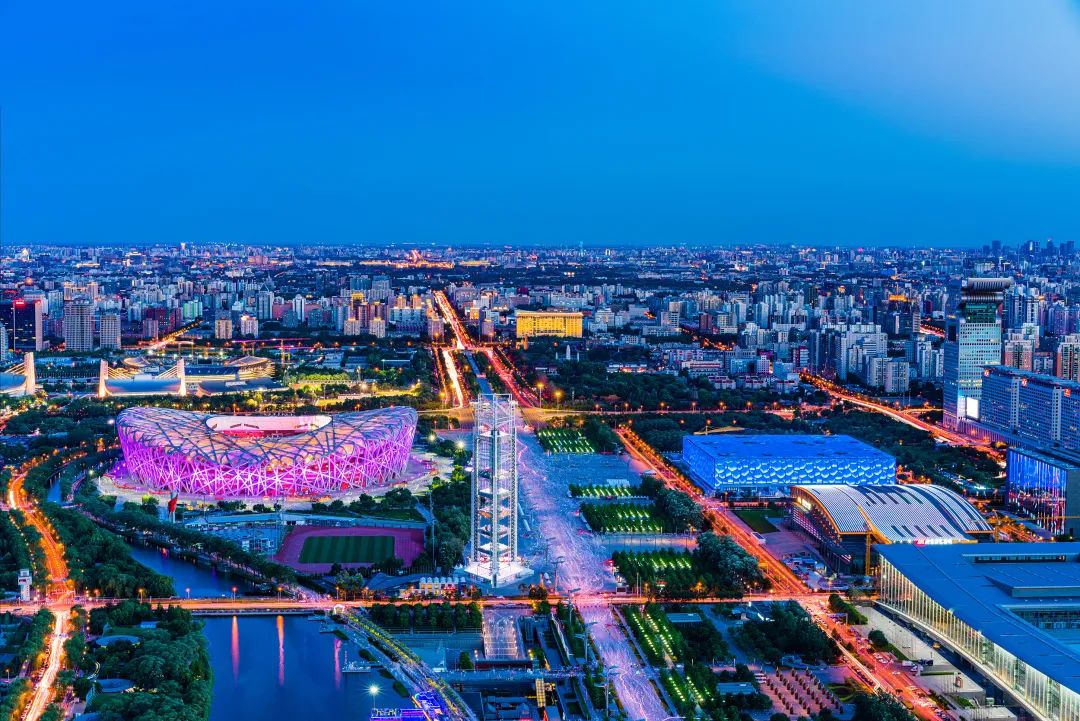
Olympic Park and Bird's Nest
Getting There: Clear and Simple Directions
The Bird’s Nest is located in Beijing’s Olympic Park, in the northern part of the city’s Chaoyang District. It stands along the Fourth Ring Road, about 25 minutes by subway from Tiananmen Square. Whether you arrive by subway or taxi, you’ll find clear English signs leading you straight to its South Gate entrance.
Quick Info of Transpot Mode to Bird’s Nest:
| Transport Mode | Route & Details |
|---|---|
| Subway | Take Line 8 or Line 15 to Olympic Park Station. Exit from D or E, then follow the blue “Bird’s Nest” signs for about 5 minutes to reach the entrance. |
| Taxi / Didi | Open the Didi app (China’s Uber) and enter “National Stadium South Road 1, Chaoyang District.” The driver will drop you directly at the South Gate. |
| Bus | Take Bus No. 82, 419, or 538 and get off at East National Stadium Station. It’s a 5‑minute walk to the entrance, and you’ll pass Olympic Park’s sculpture plaza along the way. |
Tips: The subway is the fastest and cheapest option but avoid peak hours (7:30–9:00 AM and 5:00–7:00 PM). If using Didi or a taxi, show the driver this address in Chinese: “朝阳区国家体育场南路1号.” Bring some cash or a UnionPay-supported card just in case.
Ticket Options and Booking Channels
Online: The easiest option for foreign visitors. Use Trip.com or the WeChat Mini Program “National Stadium Tickets”. Both provide English interfaces and accept Visa, MasterCard, and UnionPay cards. You’ll get an instant QR code for entry and can choose time slots or ticket types.
Offline: Visit the South Gate Ticket Office (open daily 9:00 AM–8:30 PM). You can pay by cash, UnionPay, Visa, or Mastercard. English signs guide you, and staff can offer simple assistance.
The Panorama Tour Ticket (100 RMB) is most recommended for first-time visitors. It covers all key areas, from the Double Olympic Exhibition Hall to the Skywalk. You won’t need extra fees for VIP zones or rooftop access. For targeted experiences, choose the Top-View Skywalk Ticket (80 RMB) or Double Olympic Exhibition Ticket (40 RMB) instead.
Tips: Arrive early during weekends or holidays to avoid long queues. Bring your passport if buying tickets on-site for verification.
Visiting Hours and Best Time to Go
Opening Hours: Daily from 9:00 AM to 9:00 PM.
Best Time to Visit: Morning (9:00–11:00 AM): Quiet for indoor exhibits and photography. Evening (6:00–8:00 PM): Best for night lights; Bird’s Nest glows gold beside the blue-lit Water Cube.
Tips: Avoid October 1–7 (National Day Golden Week) when crowds are heavy and it’s harder to find quiet shooting angles.
What Else Can You Explore Around the Bird’s Nest Beijing?
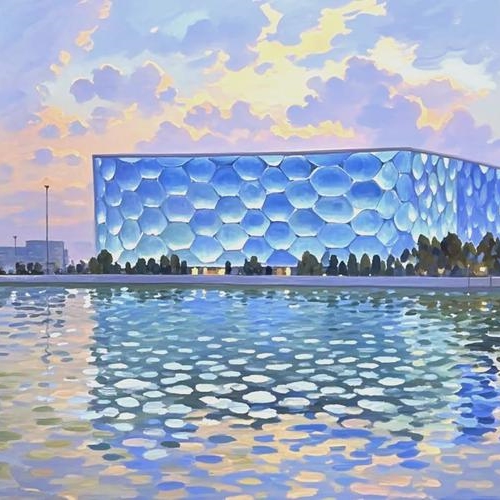
Water Cube
The Water Cube: Night Photography and Family Fun
The Water Cube sits right next to the Bird’s Nest, glowing like a blue gem after sunset. I went there one evening and couldn’t stop taking photos of its bubble-like walls reflecting on the lake. Inside, it turns into a huge water park where families splash and laugh under neon lights. The place feels energetic but calm at the same time. Tickets are about 100 RMB (≈14 USD), and you can buy them from Trip.com or WeChat’s “Water Cube Tickets.” If you like creative lighting and architecture, this stop perfectly balances art and fun. Come at night, and you’ll understand why photographers call it Beijing’s dream pool.
Olympic Forest Park: A Calm Green Escape
Just north of the Bird’s Nest lies Olympic Forest Park, where the air feels fresher than anywhere downtown. I rented a bike for 30 RMB per hour and rode through winding paths lined with willow trees. Locals jog, walk dogs, and enjoy quiet lake views that make you forget the city’s rush. You can bring snacks, sit by the water, and catch the sunset glowing behind the Olympic Tower. It’s free to enter and easily reached from Olympic Park Station, Exit B. For me, this park was the perfect place to slow down after the energy of the Bird’s Nest.
Beijing Olympic Tower: The Perfect Viewpoint
If you want to see the Bird’s Nest from above, climb the Beijing Olympic Tower. The elevator takes you 240 meters high, where you can spot both the stadium and the Water Cube shining below. I went at dusk, and the golden hour light turned the whole area into a living postcard. Tickets cost around 100 RMB (≈14 USD) and are available on Trip.com or the tower’s mini program. There’s also a small café upstairs with panoramic windows—grab a latte and just stare out for a while. It’s one of those views that stays with you long after you leave Beijing.
Looking for the perfect balance of sights and chill time? Read 5-Day Beijing Itinerary for 2025: Landmarks, Street Life, and Smart Tips
Travel Guide for Visiting The Bird’s Nest Beijing
Language, Facilities, and On-Site Essentials
Communication: Carry a translation card or save useful Mandarin phrases like “restroom” or “taxi.” Most staff understand simple English, and signs are bilingual.
Facilities: Clean restrooms are marked as “WC.” Cafes such as Starbucks and souvenir shops selling Olympic pins and Bird’s Nest keychains are located near the entrances.
Behavior: Smoking is prohibited inside. During performances, remain seated and switch off your camera flash to respect others.
Where to Capture the Best Views
Morning Light: Head to South Gate Square for the most iconic front view under soft daylight. Bring a tripod if you want to capture lake reflections clearly.
Inside the Stadium: Sit on the east stand to frame the steel lattice against the sky. The contrast between sunlight and shadow adds beautiful layers to photos.
Night Photography: Visit Water Cube Plaza nearby to catch the golden Bird’s Nest beside its blue-lit neighbor. Arrive before sunset to enjoy the lighting transition over the lake.
Pro Tip: Check the “AQI China” app before visiting for clear skies.
Behavior, Timing, and Comfort Advice
Local Etiquette: Queue patiently, avoid blocking pathways, and follow the general flow during events.
Comfort: Bring a reusable water bottle and light jacket; Beijing’s temperature changes quickly.
Friendly Reminder: If you need help, smile and ask politely—locals often go out of their way to assist foreign visitors.
FAQ: What Visitors Often Ask about Bird’s Nest Beijing
Q: Do I need to book Bird’s Nest tickets in advance?
You don’t always need to, but it helps during holidays. Online platforms like Trip.com or the WeChat Mini Program “National Stadium Tickets” make it quick and avoid long lines. Weekdays are calmer, so same-day tickets are fine then. I once queued for 30 minutes during Golden Week, so pre-booking saved me later. It’s always safer to plan ahead, especially if you want the Skywalk experience.
Q: Can I enter the Bird’s Nest Beijing if there’s an event happening?
Yes, but access may be limited. During concerts or sports events, visitors can enter only certain areas. Check the official stadium website for the schedule before your visit. Security is strict but helpful if you ask politely in English. Sometimes staff may even suggest alternative visiting times for better access.
Q: What’s the easiest way to reach the Bird’s Nest from downtown Beijing?
The fastest way is Subway Line 8, getting off at Olympic Park Station (Exit D or E). It takes about 25 minutes from Tiananmen. Didi rides cost around 40 RMB depending on traffic. I prefer the subway—it’s clean, cheap, and has English signs. Always download Baidu Maps or Apple Maps for clear exit routes.
Q: Can foreigners use Alipay or WeChat Pay at the Bird’s Nest?
Yes, both work. You can link your international Visa or MasterCard inside each app. Some food stalls and souvenir shops still accept cash if you prefer. I used Alipay for my last visit, and it worked smoothly. Just make sure your card supports overseas transactions before arriving.
Q: Are there restaurants inside the Olympic Park area?
Plenty! You’ll find Haidilao Hotpot, Starbucks, and KFC within walking distance. Most have English menus, and the staff usually understand basic English. Prices range from 50–200 RMB depending on your choice. For local food, try small noodle shops near the North Gate—they’re cheap and authentic.
Q: Can I take photos with a drone near the Bird’s Nest?
Not legally. The Olympic Park is a no-fly zone, and security staff monitor drones closely. For great aerial-style shots, try the Olympic Tower observation deck instead. If you bring a drone, you’ll likely be asked to store it at the entrance. The tower gives nearly the same view, so it’s a better option.
Q: Is it worth visiting during winter?
Absolutely. The Bird’s Nest Ice & Snow Festival runs from December to February and features snow tubing, ice bumper cars, and light shows. It’s cold, so wear layers, but the views are stunning. I went last year, and the snow sparkle under the stadium lights was magical. Early evening is the best time to catch the colors.
Q: Are toilets and baby facilities easy to find?
Yes. There are multiple clean, well-marked restrooms near each main entrance. Family-friendly facilities with changing tables are located near the South Gate. They’re free and regularly cleaned. Some even provide hot water taps, which are handy during winter.
Q: Can I visit the Bird’s Nest at night without a ticket?
You can walk around the outside area freely after dark and still enjoy the lighting. However, access inside the stadium requires a valid entry ticket, even for nighttime visits. I often stay outside for night photos—it’s peaceful and safe. The reflections on the lake make the whole area glow.
Q: What else can I do nearby?
Walk to the Water Cube or rent a bike at Olympic Forest Park. The park is free and peaceful, ideal for an afternoon picnic before returning for night photography of the stadium. You can also visit the nearby Olympic Tower for a panoramic view. It’s a full-day itinerary that feels effortless yet fulfilling.
